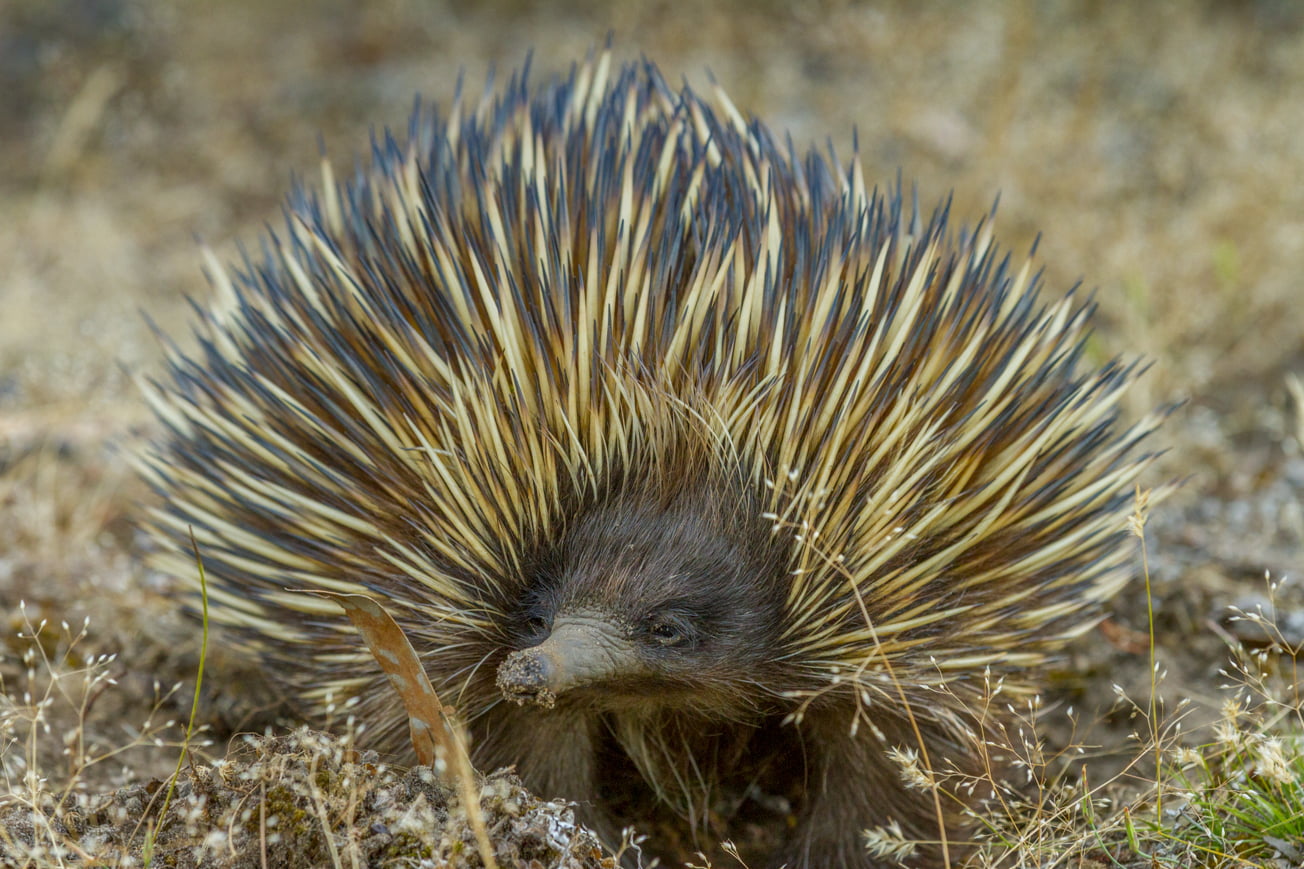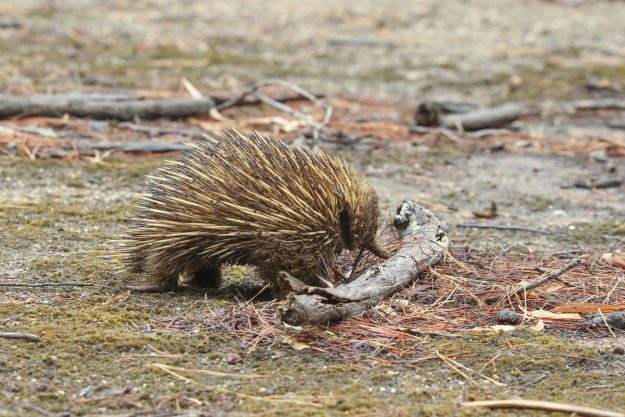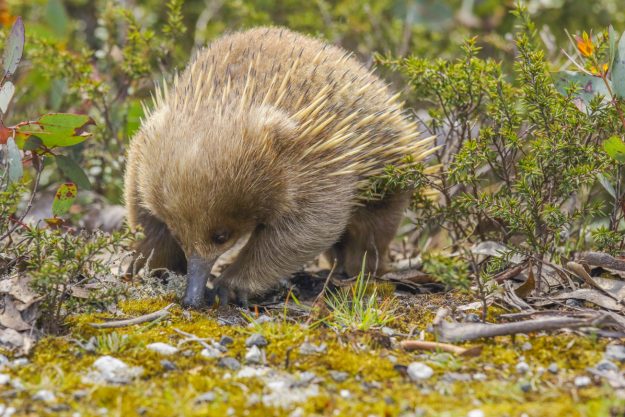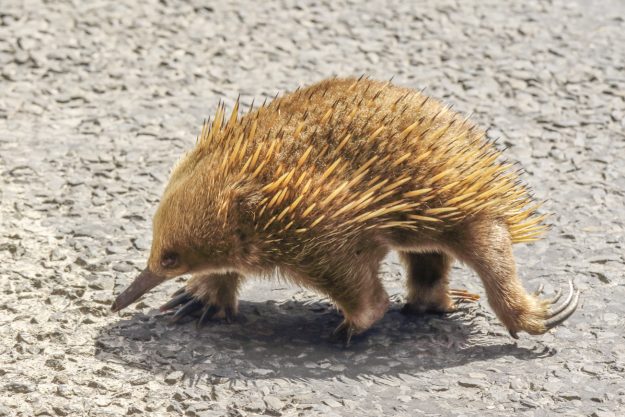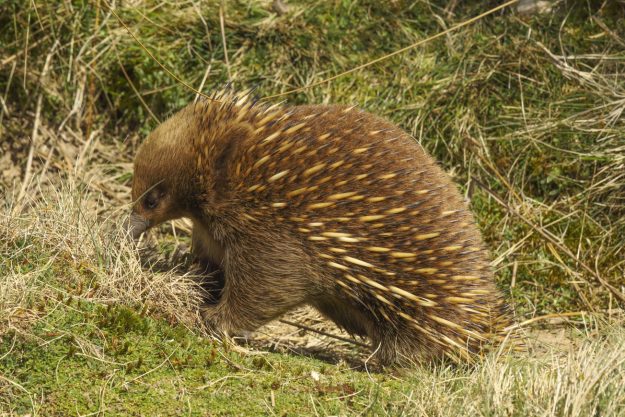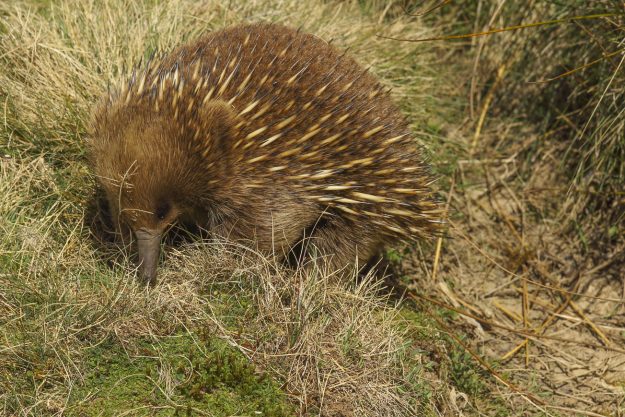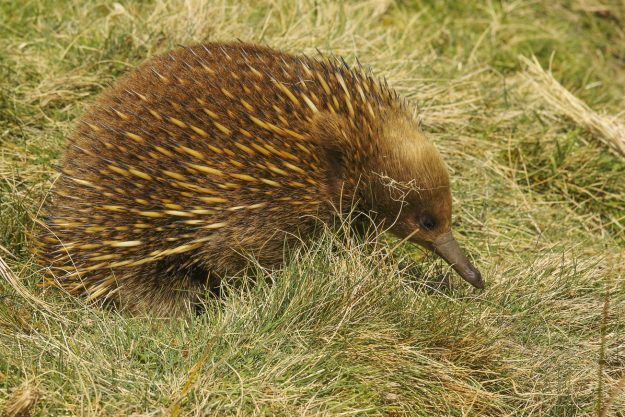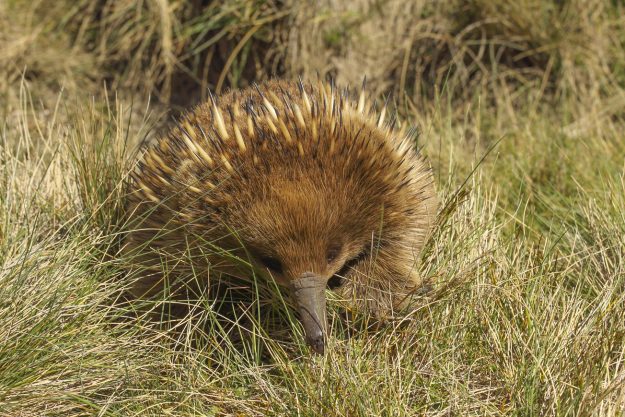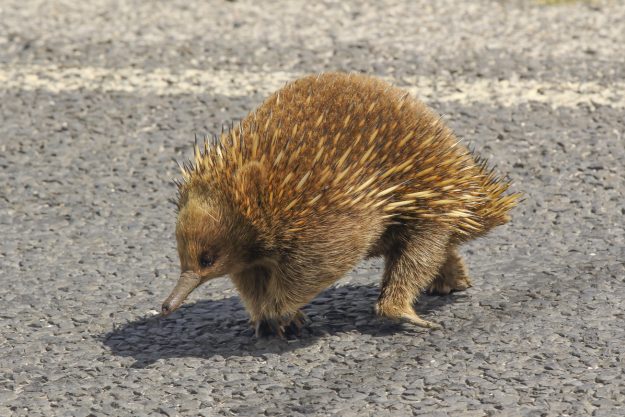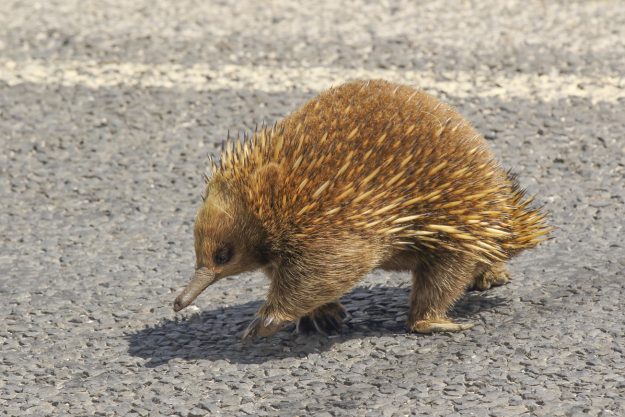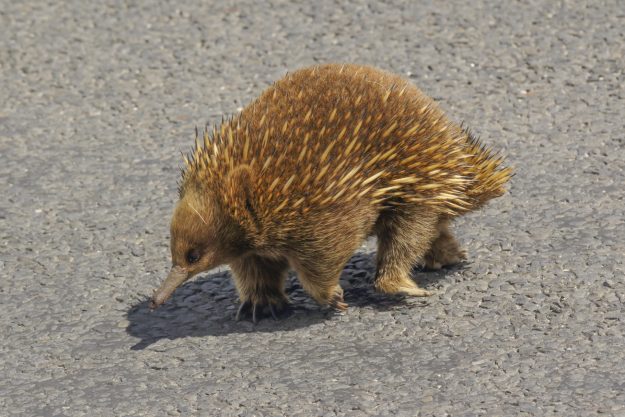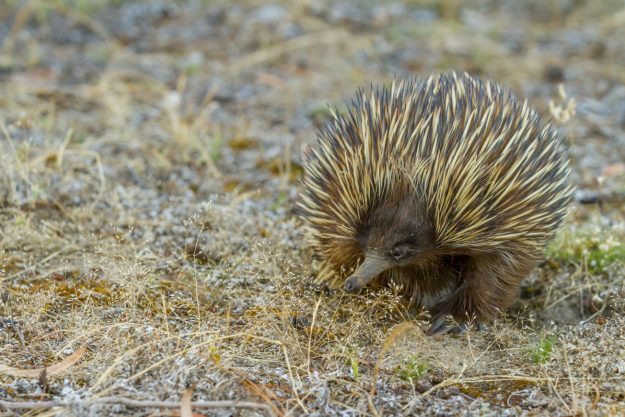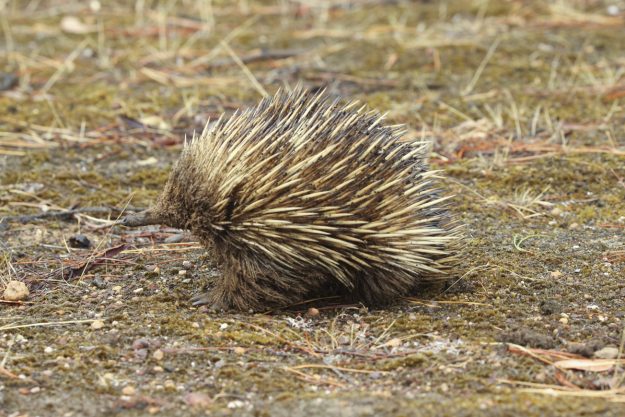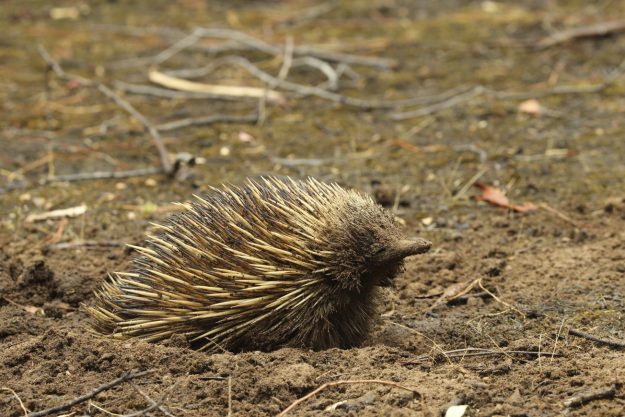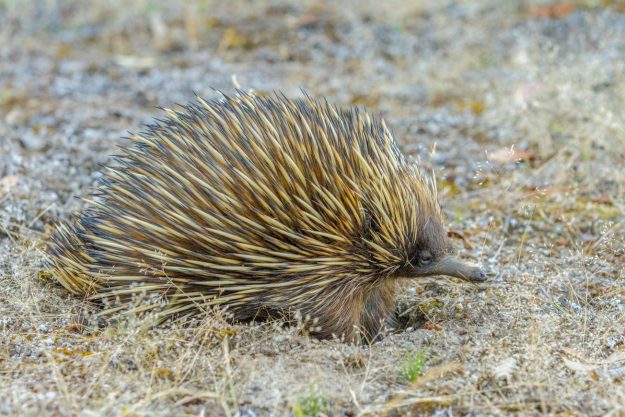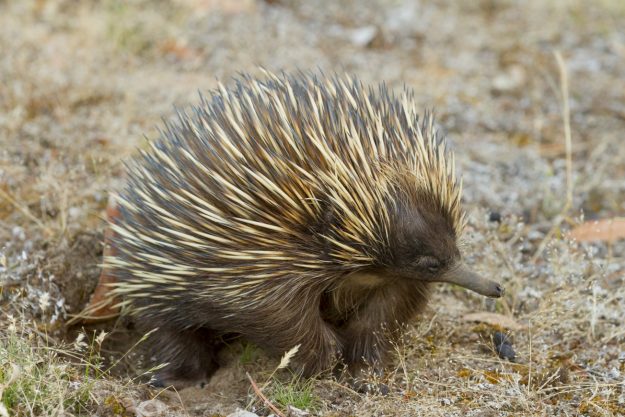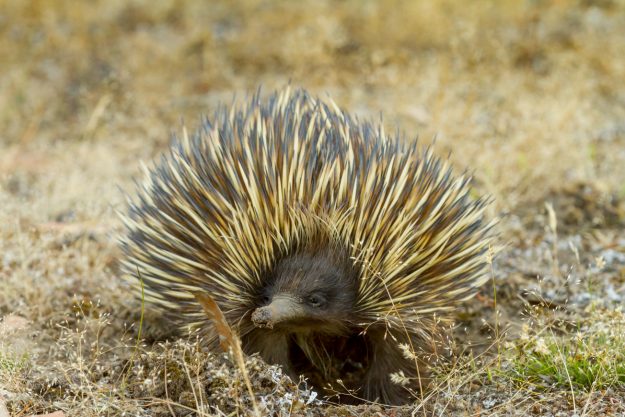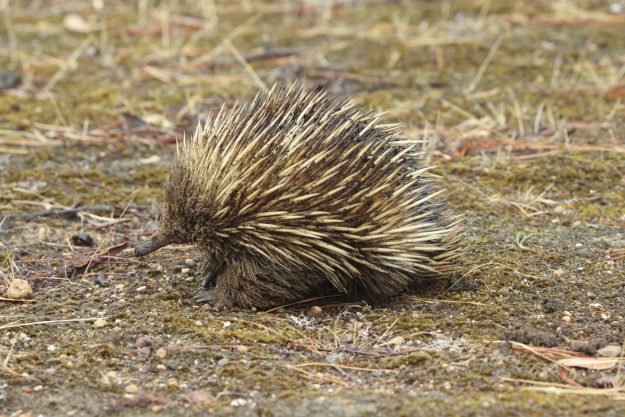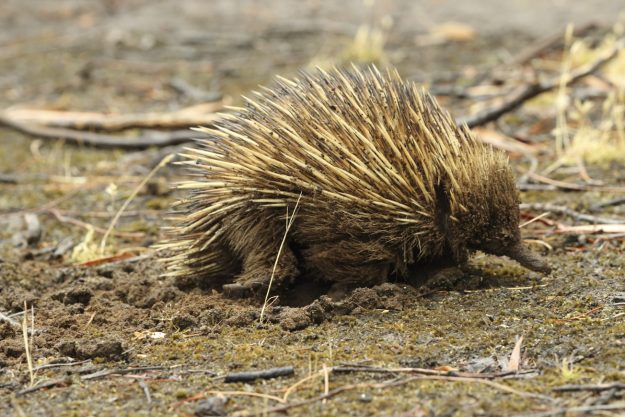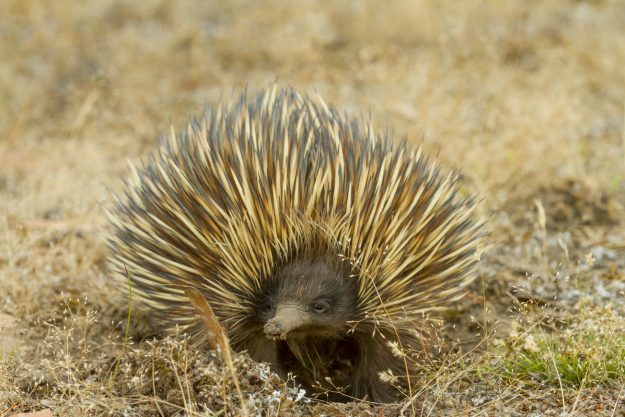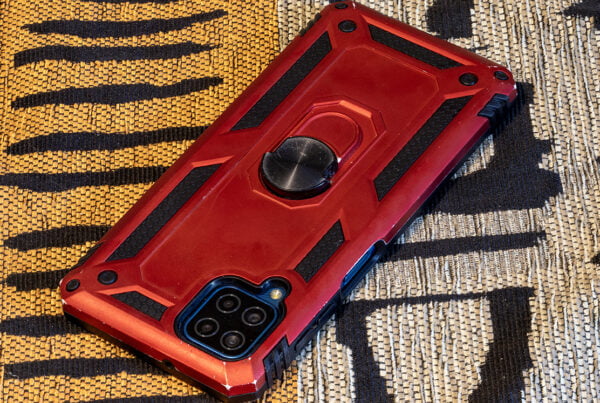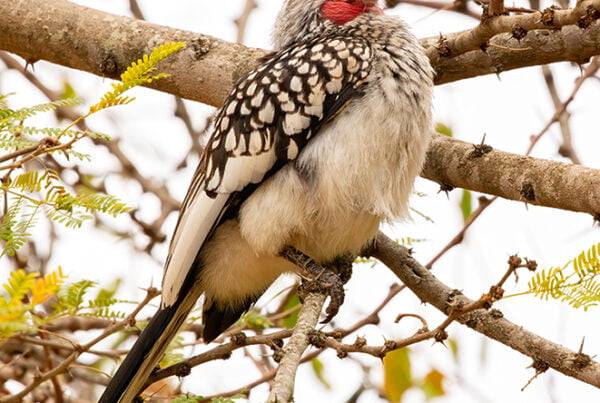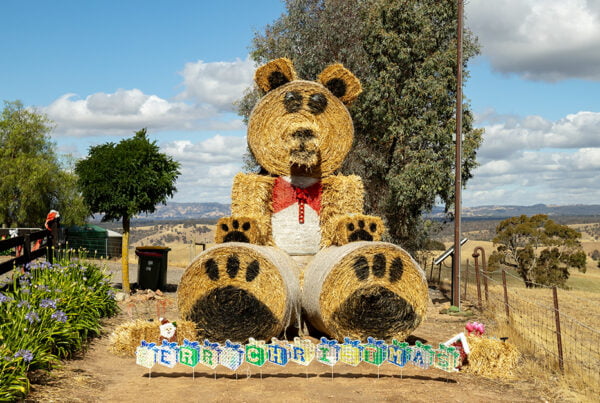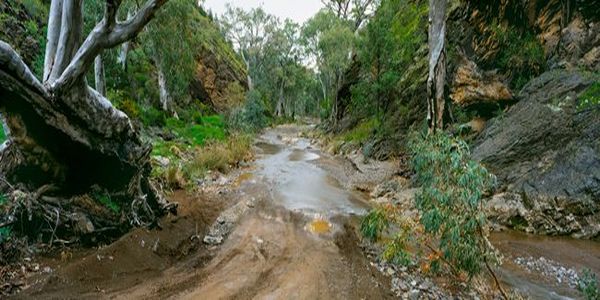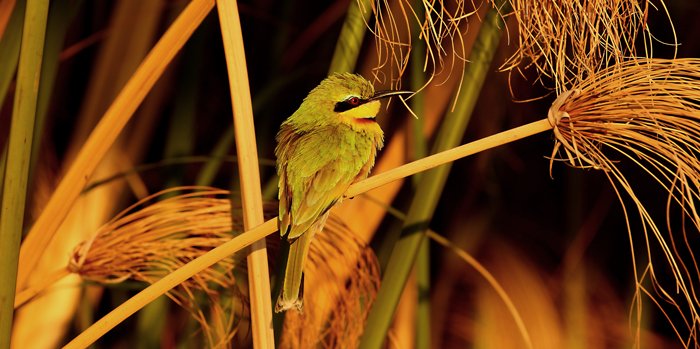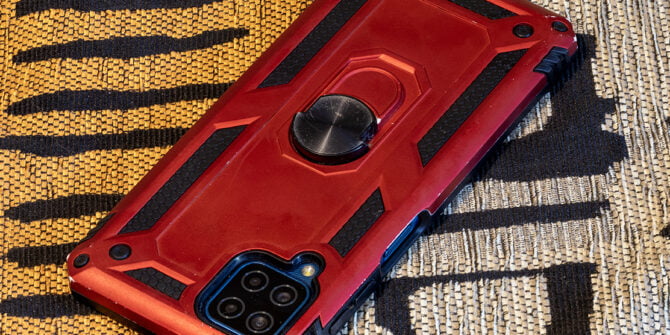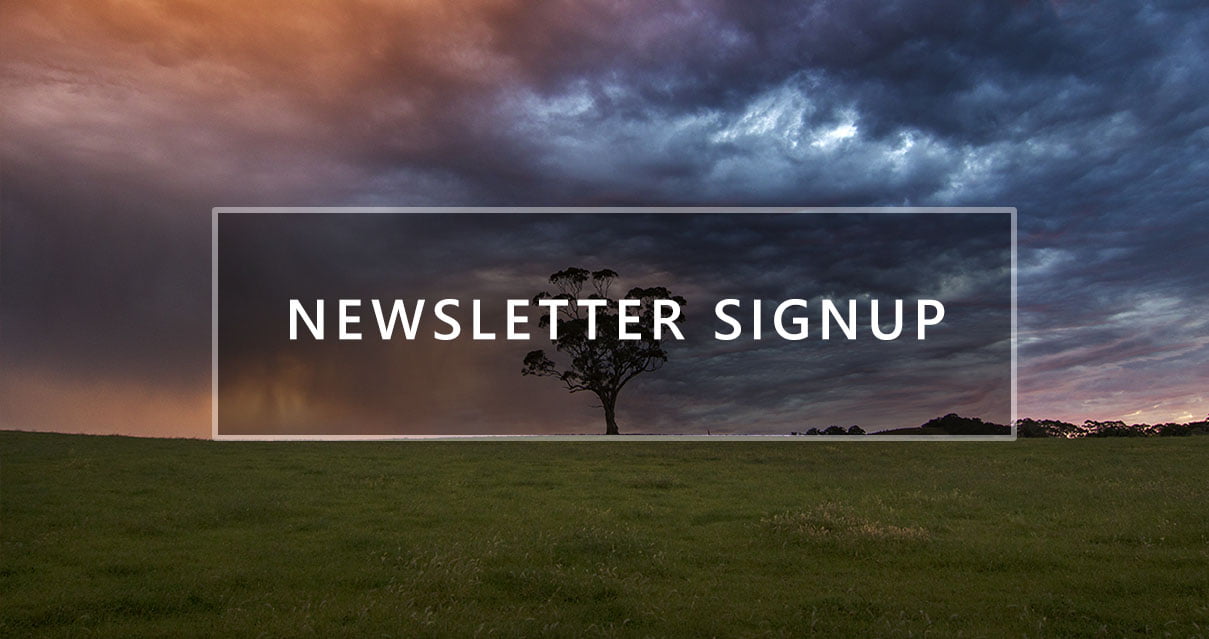Photographing Australia’s Echidna
What I love about Photography is that there is always something different to photograph and you can really never say” Been there done that” .. if you do then you have missed the bigger picture of photography I think.
In my 30 years of doing photography as a professional, I have shot this little creature many times but on this occasion, this is one of the most rewarding times that I have had with the Echidna.
Here is a little background to this very unusual creature which I think you’ll find interesting. The echidna has spines like a porcupine, a pouch like a kangaroo, and lays eggs like a reptile. Some say it has a beak like a bird but personally I can’t see that at all. Also known as spiny anteaters, they’re small, solitary mammals native to Australia and New Guinea. They are not very big and grow to a maximum of about 75 centimetres and weigh up to 10 kilos as adults.
There are two different type of these awesome Photographing Australia’s Echidna’s the short beak as they call it and the long beak. The long beaks are native to New Guinea.
The spines which are found all over its external body are modified hairs and in between the spines, they have their fur.
They can vary as you’ll see in some of the pics that the ones that I photographed in Tasmania, their spikes are very thin and are not as thick and intense as those on mainland Australia.
They live up to 45 years and in captivity it is not uncommon for them to push 50 years unlike the Tasmanian Devil whose life span is roughly 6-7 years.
There are many things that are unusual about the echidna. The male has a 4-headed penis. During mating, two of the heads shut down and the other two expend and fit into her two branched reproductive tracts.
Like most animals in the animal kingdom, there is a ritual for the male to gain rights to be the chosen one to mate with the female. How this is done with these creatures at the beginning of the breeding season the males line up behind the female, nose to tail and there can be up to 12 males and when she is ready to mate, the males will dig a trench around her. They will then push each other own of the trench in the ritual of gaining rights to mate with her; the last male left in the trench with the female has won the honours.
The Echidnas lays eggs just like the platypus as both are mammals. She lays a single egg, which is the size of about a 5-cent piece. It’s soft and leathery and lies in the pouch. 10 days later the baby echidna emerges forth and they are about the size of a jellybean.
The young which are called Puggles, which secret the milk from glands which are found in the pouches.
The Echidna is toothless but what they lose out for not having teeth, they make up for having the “fastest tongue “ in the west and they are so long when extended. They can reach up to 18 centimetres.They use their long sticky tongues to eat ants and insects.
Echidnas are very solitary animals, but they are not territorial and are willing to share their home range with others of their kind. Thye just waddle from place to place, acting as if they don’t have a care in the world.
They only eat termites, ants and other soil invertebrates including beetle larvae which they love. Their strong claws help them break open logs to get to termites that they scoop up with their long tongues.
They are one of the most fascinating creatures to photograph and also one of the hardest. They don’t move fast when walking but although they are slow in walking, its slow enough to make left hard for the photographer to get a really good shot as they are either walking, or if they are shy and not use to people, they will crouch into the ground hiding their heads and can take a while to come out. I have waited up to 45 minutes for the head to rise again. Other times, they can be a free going as one can be and there are no issues with them hiding their heads
Unless they are on open ground that is flat, it can be a challenge to get a descent shot of there faces. The pictures reflected in this blog were taken in Tasmania and on Kangaroo Island. I was so happy to get some decent shots of them and while on Kangaroo Island recently, the one there as so helpful as it was just standing there looking straight at Vicki (my partner) and myself.
You can see by how close Vicki is to this little character and it wasn’t fussed at all. It was so involved in licking up the ants as it had found a little hole that was rich in food for itself.
There are two types of Photographing Australia’s Echidna’s here. The ones that I have been photographing on Kangaroo island have the longer spikes and they are so predominate and the other one which seems to be more life a fur ball with a few spikes thrown in was photographed in Tasmania. I’m not an expert on this creatures and I’m assuming given it is a lot colder in the winter months in Tasmania , the Photographing Australia’s Echidna need more fur for warmth, hence the difference between the two.
This little character was taken in Cradle Mountain in Tasmania and why they need to put themselves at risk to cross the road when the bush on both sides of the road is the same, I’ll never know. The good thing , people do stop for them and allow them to continue on their way.
Seeing them cross the road is a good opportunity to get a good clear shot of their features as you have nothing to obstruct your view.
Then it is you who needs to be careful of the cars!
A coat of short, coarse hair insulates the Echidnas from the cold, hence the Tasmanian ones lacking in spikes and having more fur, while longer hairs act as spines, protecting them from predators. Their sharp spines are 50 mm (2 in.) in length and are composed of keratin, the same material that makes up our fingernails.
It is not always possible but when taking pics of the Echidna, it is better of you can get at ground level as this point of view I feel gives you a better perspective on the animal. It is not easy to do this as the older we get, it is harder to get to ground level and being at ground level you’ll have small grasses and twigs that can obstruct parts of the face. The face is the critical feature to try and capture as it is so different and it is not always easy to capture their eyes. Patience will always pay off in the end.
The above series of shots is thanks to Vicki. It was an awesome opportunity to get it on the log looking for ants. For myself as the Echidna was about to get on top of the log, guess who’s memory card was full.Grrrrr For those who do my photo tours know the term that we give to this and that’s ” Black Hawk Down” and this was a “Black Hawk down moment that I was not hoping for…. but there is always tomorrow.
The Echidna has a low body temperature maintaining temperatures around 31-32° C (87.8-89.6° F). Given the way their legs are positioned, they waddle as they walk as a result of their legs positioning and shape.
Their predators, include goannas (large Australian monitor lizards), dingoes, foxes, feral cats, dogs, eagles, and Tasmanian devils (which even eat the spines).
As mentioned before when threaten they usually roll into a ball and expose only their spikes or they will dig into the ground, again only exposing their spikes.
As you can see how close Vicki was this character. As i mentioned before, they can be stubborn in digging themselves in but not this one on Kangaroo Island. He was happy to pose for the cameras giving us some rewarding shots.
I love this shot and ones like it as it shows how focused they are in getting their food and coming up with sand and dirt all over their faces which takes me back to my own childhood.
I remember my mum shaking her head as when I came back from playing with my friends outside and I would be covered from head to toe in dirt.
This little fella wasn’t too fussed that it couldn’t see where it was going as there eye sight is very poor as it stands and they reply of their very good sense of smell to find their food and their way around things.
The next shots I really like as their covering reminds me of flames emerging from them. if these spikes were red and orange, I’m sure that its name may have been very different.
What my attention was for this shot and a few of the others, you will noticed I used a shallow depth of field so I naturally blur the background out and also blurring the spikes out means that you are drawn to the face.
When shooting people or animals, the face is the most important aspect of the picture.
When I’m shooting them, wherever I can I will always use a shallow depth of field to draw attention to the face as I have done here.
For those who don’t know what a shallow depth of field means, it is where you chose a low f stop number, eg f2.8. f3.4. When you do this, you need to make sure your focus is spot on as you have no room for error. You must be spot on.I can’t stress that enough.
What you need to do is to focus as much as you can on the eyes. Don’t make the mistake of focusing on the end of the beak. if you do, there the main part of the face will be blurred.
This series of shots were taken between f2.8 and f3.4 on Canons 70-200mm lens. They were also taken on the 7dmark 1 and the 7D mark2.
I love the contrast between the fur and the flaming spikes of the Echidna.
If you ever get the chance to photography their awesome characters, allow yourself time, never be in a hurry and don’t panic if you don’t get the shot that you are looking for straight away, there is always tomorrow and the day afterwards.
With photography you need to have that outlook to be able to enjoy what you do and not to see it as a disappointment if you don’t get the shot that you were hoping for but rather, another challenge for you that lays ahead. Pete:)

